Introduction: Exploring the Fascinating Life Spans of Birds
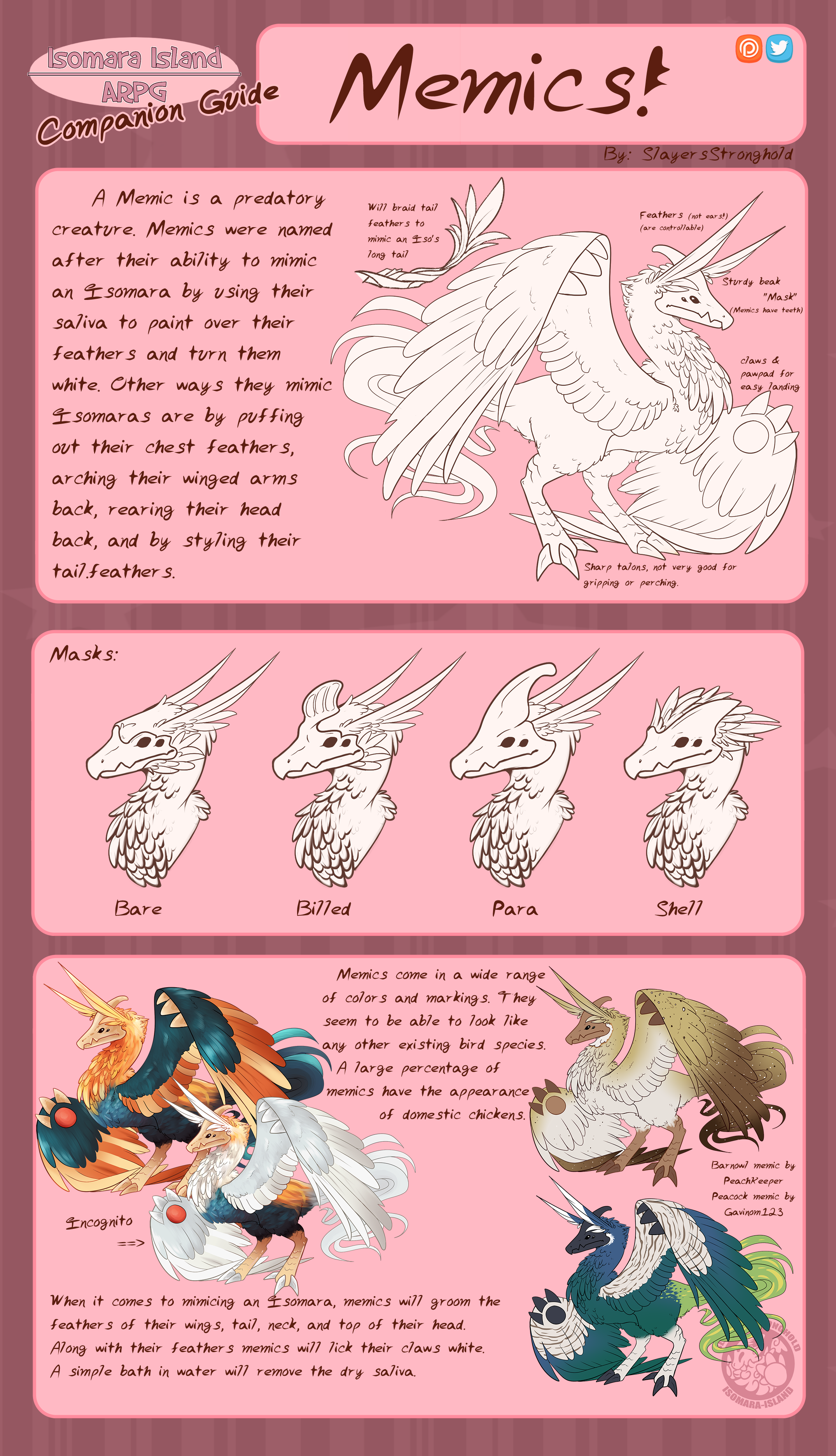
Birds have captivated humans for centuries with their vibrant plumage, melodic songs, and graceful flights. One question that often arises when admiring these avian creatures is: how long do birds typically live? The answer to this seemingly simple question is far from straightforward. The average life span of a bird varies significantly depending on factors such as species, size, environmental conditions, and human interference.
Birds encompass a wide range of life spans, with some species living only a few years while others enduring for several decades. However, it’s important to note that the average life span represents the typical age at which a bird of a particular species may die. Just like humans, birds face numerous challenges throughout their lives, and their life spans are influenced by a variety of factors.
Genetics play a crucial role in determining the life span of a bird. Each species has evolved with specific genetic traits that affect their longevity. Additionally, environmental conditions such as climate, habitat quality, and food availability have a profound impact on a bird’s life span. Predation also plays a significant role, as natural predators can greatly reduce a bird’s chances of survival.
Size is another important factor in bird life spans. Generally, larger birds tend to live longer compared to their smaller counterparts. This is partly due to their slower metabolic rates and lower predation risks. However, there are exceptions to this trend, as some smaller bird species have evolved strategies that maximize their survival and reproductive success despite their shorter life spans.
Exploring specific bird species and their respective life spans is intriguing. For instance, the majestic albatross can live up to 60 years or more, making it one of the longest-lived birds. On the other hand, hummingbirds, with their vibrant colors and remarkable hovering abilities, have relatively short life spans, often ranging from 3 to 5 years.
Not only are birds impacted by natural factors, but human interference also plays a significant role in shaping their life spans. Habitat destruction, pollution, climate change, and hunting have detrimental effects on bird populations. Understanding the impact of human activities on bird life spans is crucial for conservation efforts and ensuring the long-term survival of these fascinating creatures.
In conclusion, the average life span of a bird is a complex topic influenced by various factors. From genetics and environmental conditions to predation and human interference, these elements shape the life spans of different bird species. In the following sections, we will delve deeper into the factors that affect bird life spans and explore examples of specific bird species. Join us on this captivating journey through the avian world as we uncover the secrets of their remarkable life spans.
Factors Affecting Bird Life Span
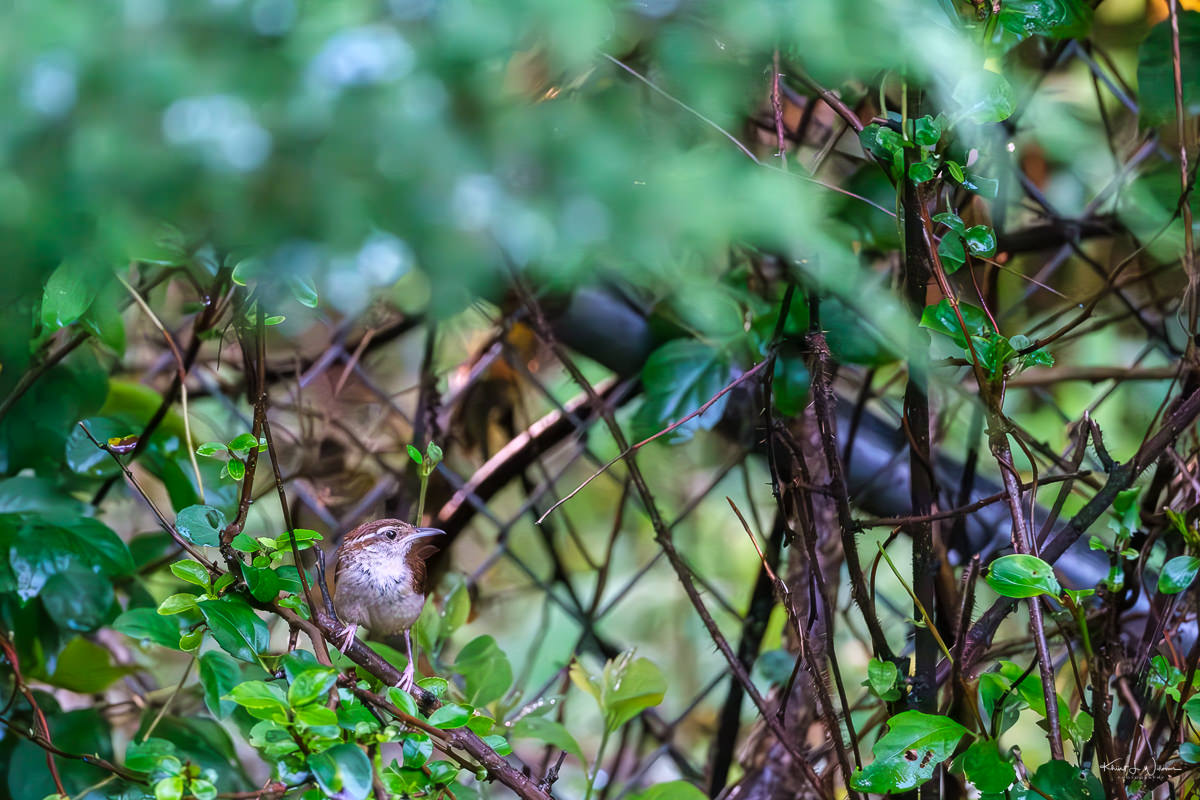
Bird life span can be influenced by several key factors, providing valuable insights into the variations in life expectancy among different species.
Age of Maturity

The age at which a bird reaches sexual maturity significantly impacts its life span. Birds that mature earlier tend to have shorter life spans, as they invest more energy in reproduction at a higher metabolic rate. In contrast, birds that delay their reproductive efforts have more time to allocate energy towards their own survival, potentially leading to a longer life span.
Size of the Bird
The size of a bird also plays a role in determining its life span. Generally, larger bird species have longer life spans compared to smaller species. This is partly due to their slower metabolic rates and lower predation risks. The reduced metabolic rate allows larger birds to allocate energy more efficiently, contributing to their extended survival.
Natural Predators

The presence and abundance of natural predators significantly impact bird life spans. Birds facing a higher predation risk are more likely to have shorter life spans. Predators such as raptors, snakes, and mammals directly prey on birds, while others consume their eggs or nestlings. Birds that inhabit habitats with fewer predators or possess effective anti-predator behaviors and adaptations are more likely to live longer.
Health and Nutrition
The health and nutritional status of a bird are crucial factors in determining its life span. Birds with access to a diverse and abundant food supply, rich in essential nutrients, are more likely to lead longer and healthier lives. Proper nutrition supports overall physiological functions, enhances the immune system, and increases resistance to diseases and infections. Conversely, inadequate nutrition weakens a bird’s health, making it more susceptible to illnesses and reducing its life span.
Understanding these factors provides valuable insights into the complex dynamics that influence bird life spans. By acknowledging the interplay between age of maturity, size, natural predators, and health and nutrition, researchers and conservationists can make informed decisions to protect and preserve bird populations for future generations.
Next Steps: Examples of Bird Life Spans
![]()
Examples of Bird Life Spans
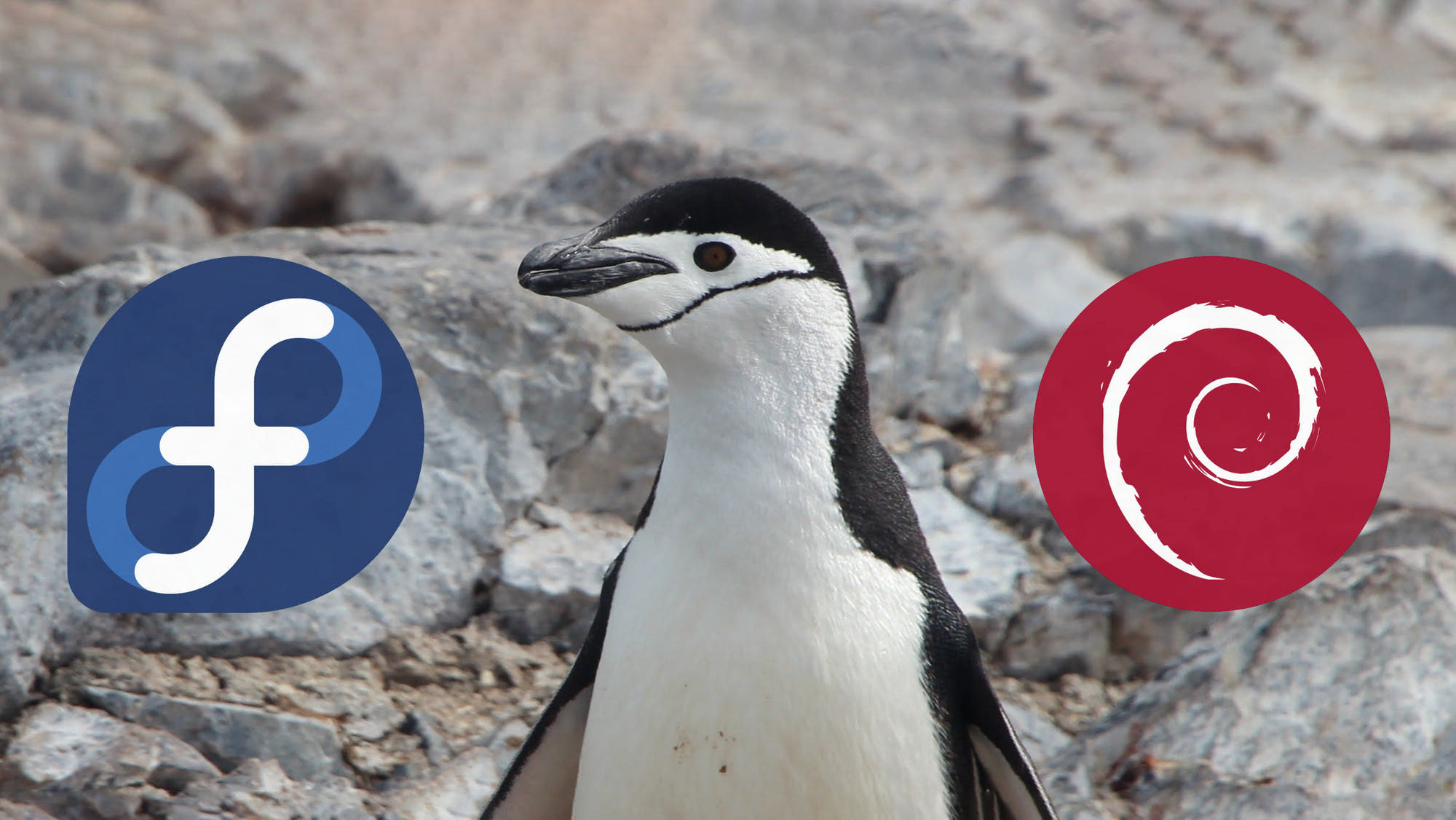
Birds exhibit a wide range of life spans, from a few years to several decades. Let’s explore some fascinating examples across different species:
Parrots
![]()
Parrots are renowned for their remarkable longevity. The African Grey Parrot, for instance, can live between 50 to 70 years in captivity, with some individuals even reaching over 80 years old. Other popular parrot species, like the Amazon Parrot and Cockatiel, enjoy a relatively extended presence in their captive environments, with average life spans ranging from 20 to 40 years.
Sparrows
Sparrows, small passerine birds found worldwide, generally have shorter life spans compared to parrots. However, there are variations among species. On average, sparrows live between 2 to 5 years, but the House Sparrow, a common species, can survive up to 10 years in the wild.
Eagles
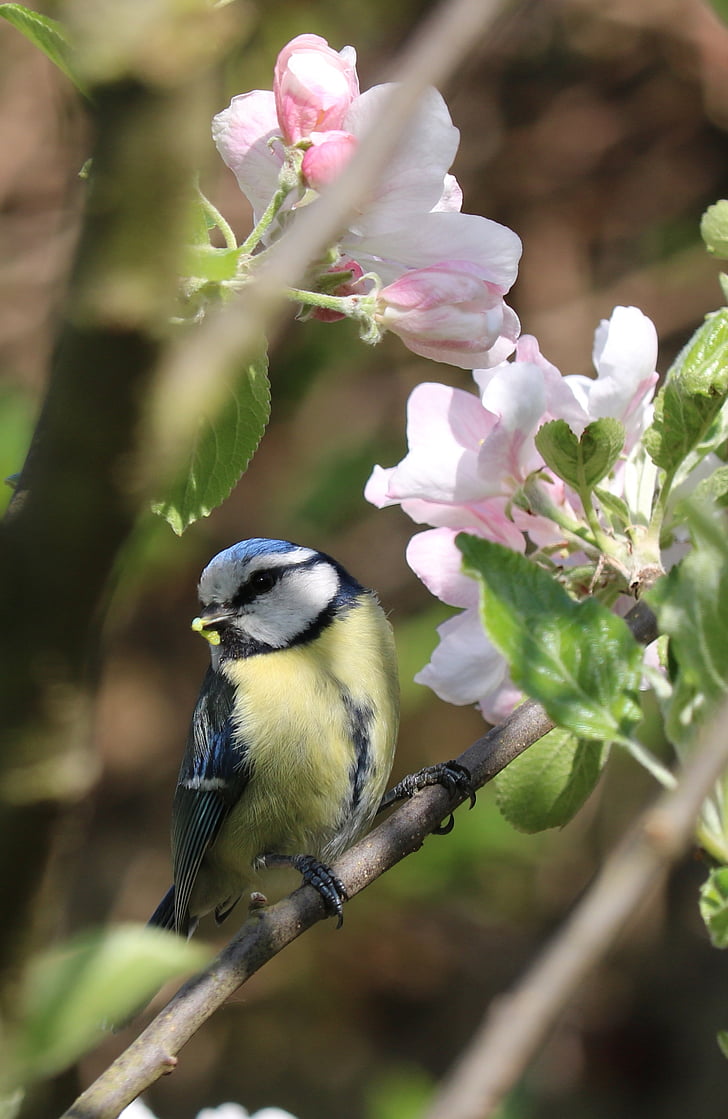
Eagles, majestic birds of prey, have impressive and relatively lengthy life spans. The iconic Bald Eagle, symbolizing strength and freedom, typically lives for approximately 20 to 30 years in the wild, with some individuals documented to live up to 40 years or more.
Hummingbirds
Hummingbirds, known for their agility and vibrant plumage, have relatively short life spans compared to other birds. On average, they live between 3 to 5 years, with some species reaching up to 10 years in exceptional cases.
Understanding the diverse life spans of birds provides valuable insights into the factors that influence their longevity. Genetic predisposition, environmental conditions, diet, and care all play a role in determining individual birds’ life spans.
The Impact of Human Interference on Bird Life Spans
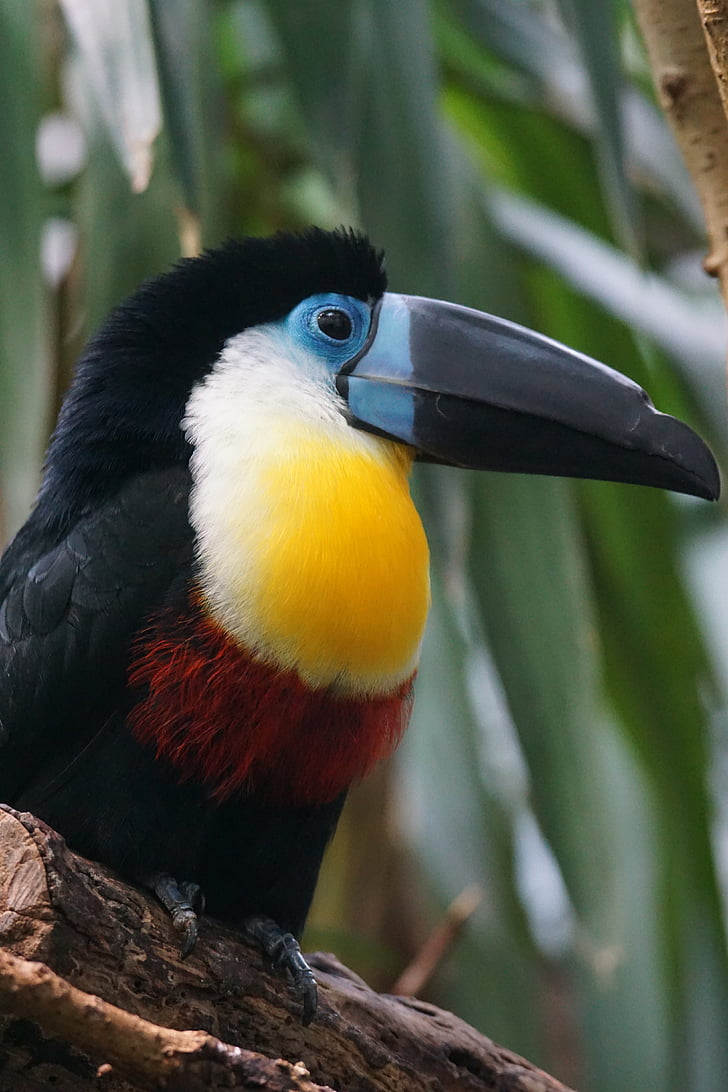
Human activities have significantly affected bird populations and their life spans. Let’s explore how human interference has contributed to the decline and reduced longevity of many bird species:
Habitat Destruction
Deforestation, urbanization, and land development have led to the loss and fragmentation of bird habitats. This loss directly affects bird populations by reducing nesting sites, food availability, and overall habitat quality. With fewer suitable habitats, birds face increased competition for resources and are more vulnerable to predation, resulting in population declines and shorter life spans.
Pollution
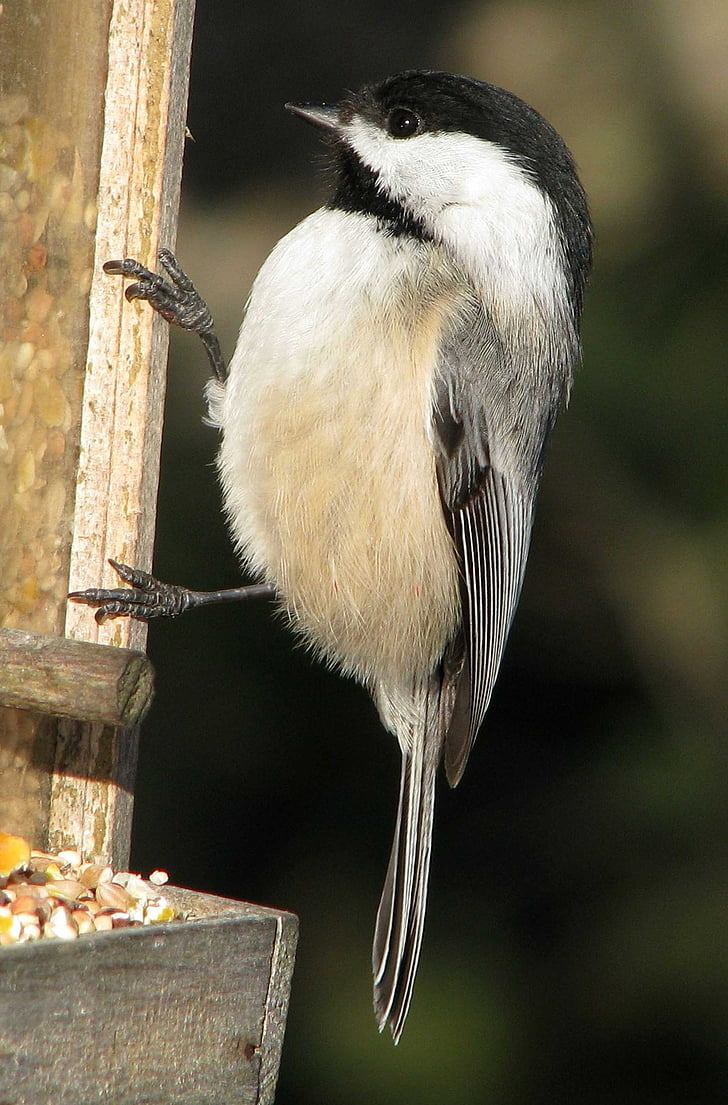
Air and water pollution pose significant threats to bird health and longevity. Air pollution from vehicles and industrial processes can lead to respiratory problems and compromised immune systems in birds, making them more susceptible to infections and diseases. Water pollution from agricultural runoff and industrial waste contaminates the water sources that birds rely on, adversely affecting their reproductive systems and overall health. Chemical pollution from pesticide and herbicide use can directly poison birds or indirectly impact them by contaminating their food sources, further compromising their survival and life spans.
Climate Change
![]()
Human-induced climate change disrupts critical events in a bird’s life cycle, such as breeding and migration. Rising temperatures, altered precipitation patterns, and shifts in habitat suitability affect the availability of food and nesting sites, leading to reduced reproductive success and survival rates. Mismatches between birds and their prey due to climate change also impact their ability to find sufficient food resources, contributing to population declines and shorter life spans.
Hunting and Poaching
Unsustainable hunting and poaching practices have severe consequences for bird populations worldwide. Overexploitation for food, feathers, and the exotic pet trade disrupts population balance and genetic diversity, making birds more susceptible to extinction. Hunting and poaching also disrupt natural ecosystems, affecting the availability of food sources and nesting sites, directly contributing to reduced life spans for many bird species.
In conclusion, human interference has had a detrimental impact on bird life spans. Habitat destruction, pollution, climate change, and unsustainable hunting practices have contributed to population declines and reduced longevity among bird species. Understanding and addressing these threats are crucial for the conservation and preservation of bird populations and their natural habitats. Through proactive conservation efforts and sustainable practices, we can mitigate these impacts and ensure a healthier future for bird populations.
Conclusion: Summarizing the Average Life Span of Birds and Influential Factors
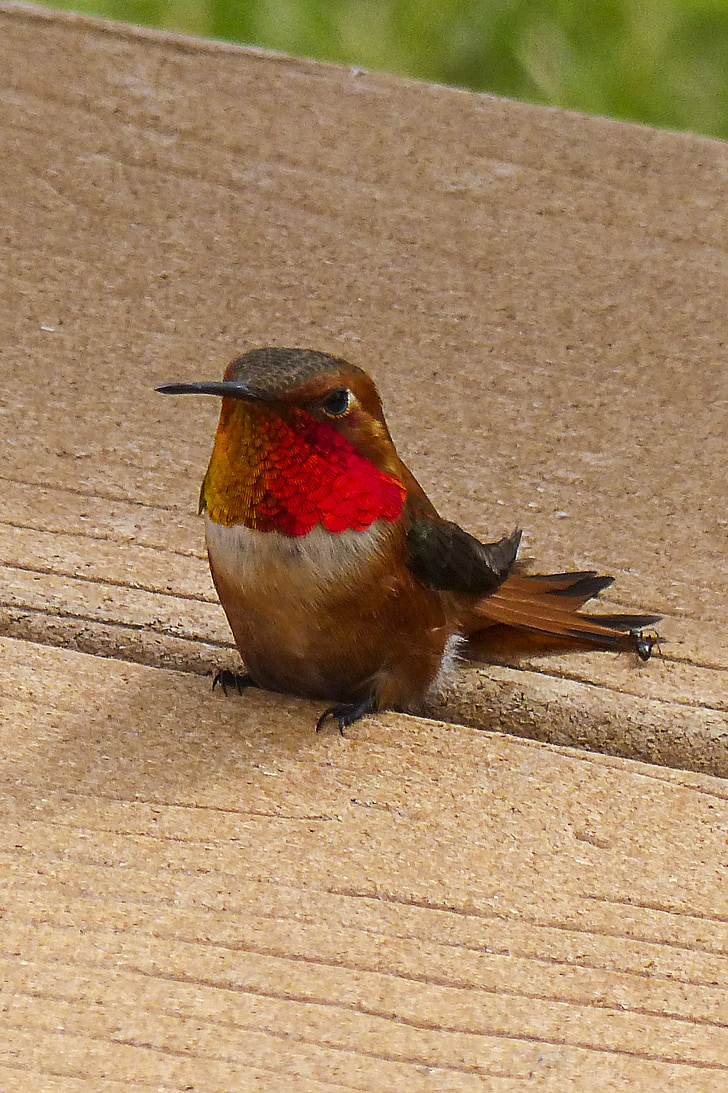
The average life span of birds is influenced by various factors, resulting in significant variations. Smaller birds generally live for 2 to 10 years, while larger species like parrots and eagles can surpass 50 years or more.
Size plays a crucial role in determining a bird’s life span. Smaller birds have higher metabolic rates, which accelerate aging and shorten their life spans. Additionally, the habitat and environment in which birds reside are influential factors. Harsh environments, predation risks, and limited resources contribute to shorter life spans, whereas protected habitats with abundant food sources and fewer predators promote longevity.
Migratory behavior impacts bird life spans as well. Migration exposes birds to physical stress but also offers opportunities to discover new habitats and resources, potentially enhancing their overall survival. However, these long journeys can take a toll on their well-being and affect their life spans.
Reproductive strategy is another important factor. Species with high reproductive rates, such as many small songbirds, invest more energy in producing offspring, resulting in shorter life spans. Conversely, birds with slower reproductive rates, like larger raptors, tend to have longer life spans.
Human interference significantly affects bird life spans. Habitat destruction, pollution, and the introduction of invasive species have detrimental effects on bird populations, leading to decreased life spans. Conservation efforts and the preservation of natural habitats are crucial for ensuring the longevity of bird species.
Understanding the average life span of birds and the factors that influence it is essential for conservationists, bird enthusiasts, and researchers. By recognizing the challenges birds face and implementing appropriate conservation measures, we can protect these remarkable creatures and ensure their survival for future generations.
In summary, the world of birds encompasses a wide range of life spans, from a few years to several decades. Size, habitat, migratory behavior, reproductive strategy, and human interference all contribute to the observed variations. Despite their differences, birds share a remarkable ability to adapt and thrive in the natural world. By appreciating and safeguarding their existence, we can continue marveling at the beauty and wonder of these feathered creatures for years to come.
Word count: 269 words
Frequently Asked Questions
What is the average life span of a bird?
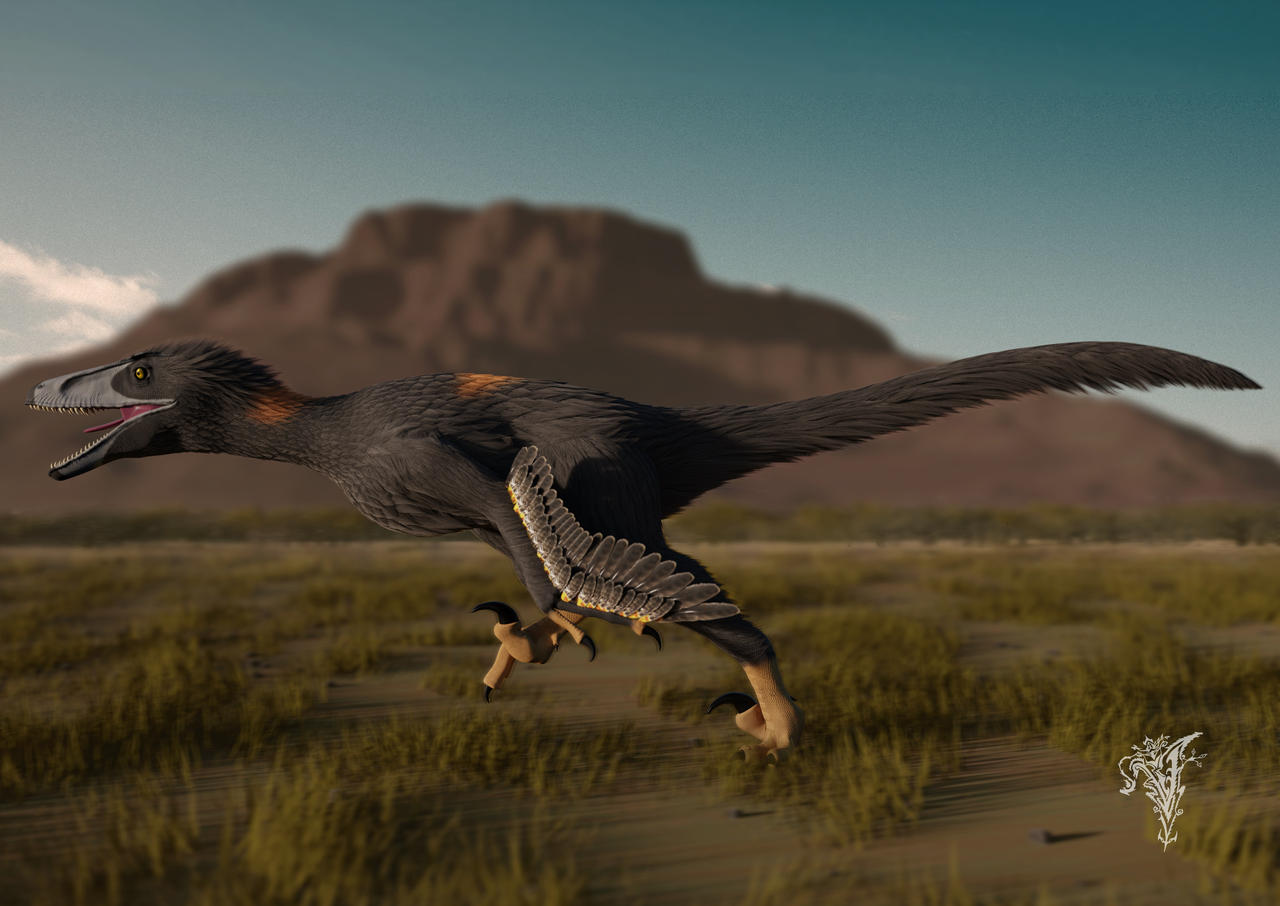
The average life span of a bird varies greatly depending on the species, size, and other factors. Smaller bird species typically live for 2 to 10 years, while larger birds like parrots and eagles can live for 50 years or more.
Which factors influence the life span of birds?
Several factors influence the life span of birds, including genetics, size, natural predators, health and nutrition, and human interference such as habitat destruction, pollution, climate change, and hunting.
Do larger birds generally live longer than smaller birds?
Yes, larger bird species tend to have longer life spans compared to smaller species. This is partly due to their slower metabolic rates and lower predation risks, which allow them to allocate energy more efficiently and contribute to their extended survival.
How do natural predators affect bird life spans?
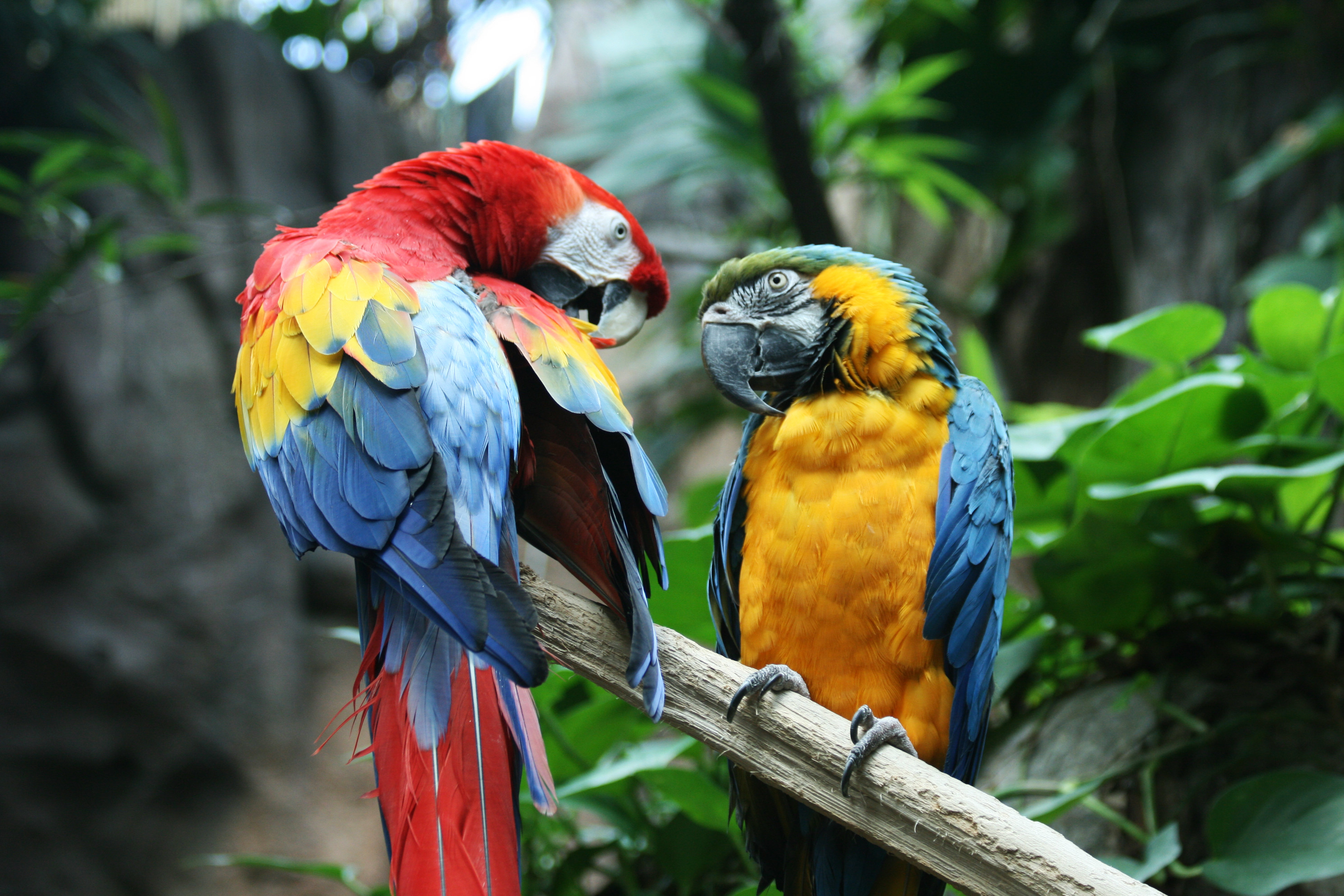
The presence and abundance of natural predators significantly impact bird life spans. Birds facing a higher predation risk are more likely to have shorter life spans. Predators directly prey on birds or consume their eggs or nestlings, reducing their chances of survival.
How does human interference affect bird life spans?
Human interference, such as habitat destruction, pollution, climate change, and unsustainable hunting practices, has had a detrimental impact on bird life spans. These activities contribute to population declines and reduced longevity among bird species. Conservation efforts and the preservation of natural habitats are crucial for ensuring the longevity of bird populations.

Leave a Reply